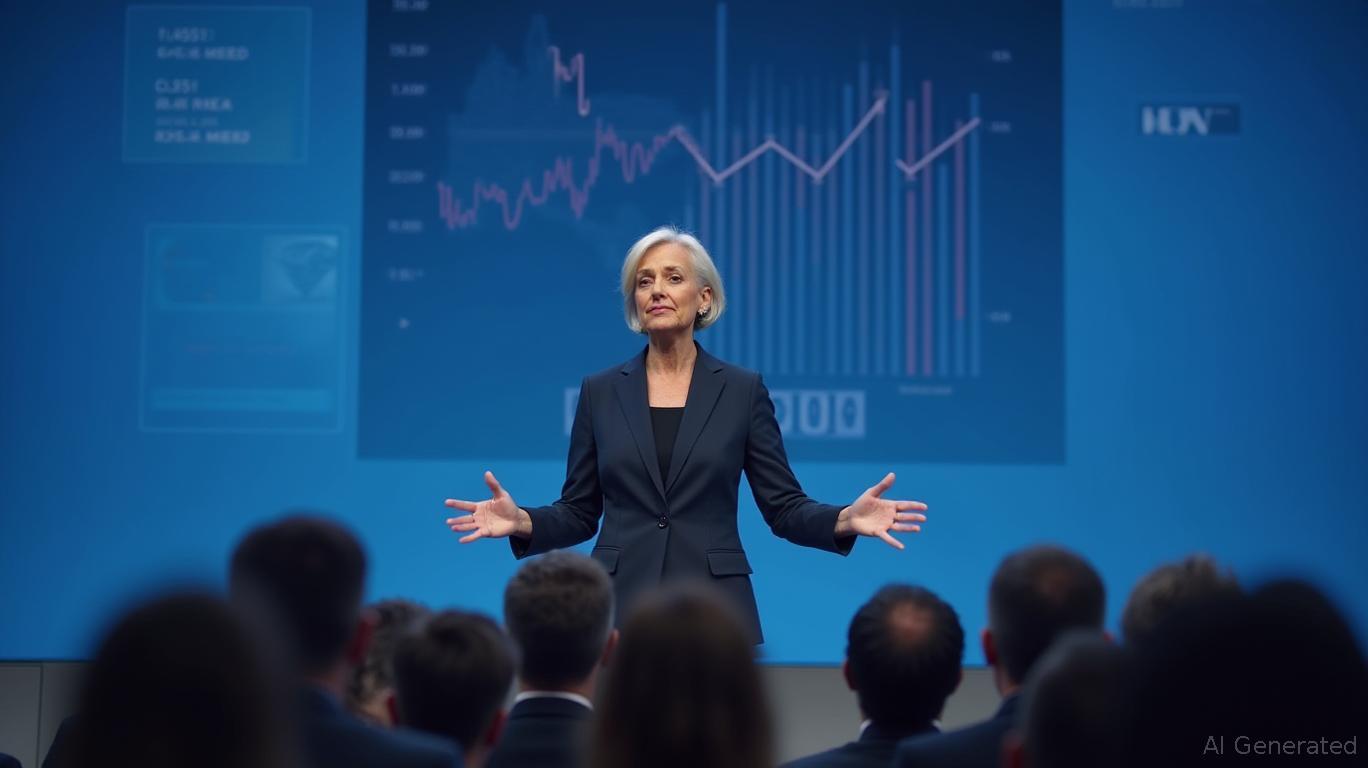ECB Cuts Key Rate 25 Basis Points to 2.00% as Inflation Drops to 1.9%
The European Central Bank (ECB) has signaled that its cycle of interest rate reductions is approaching its end. On Thursday, the ECB's Governing Council decreased its key deposit rate by 25 basis points to 2.00%, marking the eighth reduction since June 2024. This move was prompted by eurozone inflation dropping to 1.9% in May, falling below the ECB’s 2% target for the first time since September 2024. The decrease in inflation was primarily due to lower energy prices and a slowdown in services inflation.
ECB President Christine Lagarde, during a press conference, highlighted that the decision to lower the deposit facility rate was based on the updated assessment of the inflation outlook, the dynamics of underlying inflation, and the strength of monetary policy transmission. She noted that inflation is currently around the governing council’s 2% medium-term target. Lagarde also confirmed her intention to remain in office until the end of her term, which runs until November 2027.
The ECB's rate-cutting cycle began in June 2024, with a pause in July, and resumed in September with consecutive cuts of 0.25 percentage points at every monetary policy meeting. As of June 11, the three
key interest rates stand at: deposit facility rate at 2.00%, main refinancing rate at 2.15%, and marginal lending facility at 2.40%.Market expectations for a July rate cut have varied, with initial pricing indicating a roughly 20% chance, which increased to 45% following the ECB's announcement. The terminal rate for December has also shifted higher, reflecting a more cautious approach to further easing. Analysts' opinions vary on the ECB's next move. Some predict that the ECB will continue with one 25 basis point cut per quarter through 2025, while others believe that the current rate is broadly neutral and that further cuts are unlikely.
The ECB also revised its economic forecasts, with headline inflation now expected to average 2.0% in 2025, 1.6% in 2026, and 2.0% in 2027. The downward revisions for 2025 and 2026 mainly reflect lower assumptions for energy prices and a stronger euro. Economic growth projections for the eurozone remain unchanged at 0.9% in 2025, 1.1% in 2026, and 1.3% in 2027. The unrevised growth projection for 2025 reflects a stronger than expected first quarter combined with weaker prospects for the remainder of the year.
The eurozone economy expanded faster than expected in the first quarter, driven by increased private consumption and front-loaded exports to the US in anticipation of US tariffs. Manufacturing data also showed stronger than anticipated growth, with industrial production increasing by 4.7% in the first quarter. This growth was primarily driven by significant US front-loading of eurozone goods ahead of higher tariffs. Despite the front-loading, there are signs that eurozone manufacturing has been bottoming out, with recent surveys indicating more optimism about future production and better order books.
The ECB's next meetings are scheduled for July 24, September 11, October 30, and December 18, 2025. The Governing Council's decision to lower interest rates reflects its commitment to maintaining price stability and supporting economic growth in the eurozone.


Comments
No comments yet